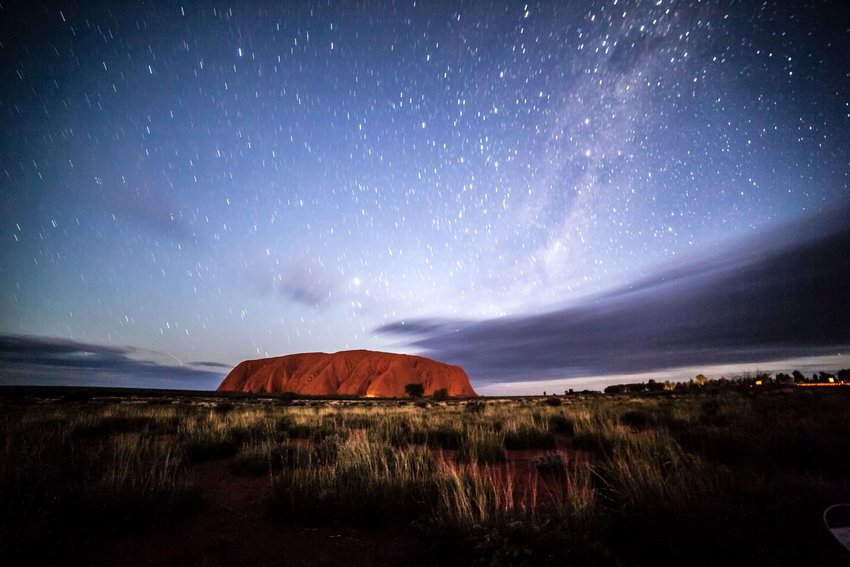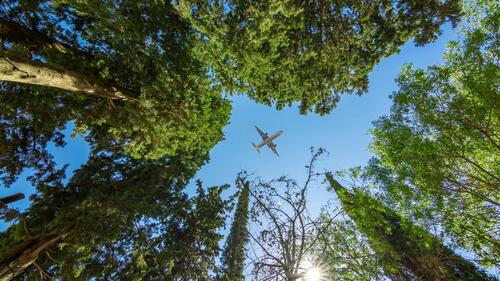Two years after it was first announced, the ban on climbing Uluru has officially taken effect. Also known as Ayers Rock, the popular Australian site is now off-limits to the vertically inclined due to its profound cultural significance to the area's Aboriginal people. This represents the end of an era, albeit in a good way.
Why Is It Sacred?

Located in the Northern Territory, Uluru is sacred to the native Pitjantjatjara Anangu. The sandstone formation is believed to have been settled by humans more than 10,000 years ago and, according to the Anangu, its creation — and, indeed, that of the entire landscape — is the result of creator beings making their way across the land. The spirits of some of those beings, known alternately as Tjukuritja and Waparitja, are still said to reside there.
The mythology doesn't end there. Taking rocks from Uluru is said to carry a curse, and some who have regretted doing so have gone so far as to send the stones back in hopes of reversing any misfortune they might otherwise face.
More Than Mythology

There are practical reasons for avoiding Uluru as well. It's a difficult climb, with temperatures reaching 116 degrees Fahrenheit in the summer and the formation itself standing 1,142 feet tall, and dozens have died attempting the ascent in the last half-century. That didn't stop huge crowds from making the trek on the last day they were legally allowed to do so, however.
The closure was the result of a unanimous vote by the Uluru-Kata Tjuta National Park that took place in 2017. The move was welcomed by the Anangu, who have long wanted the site closed to climbers.





